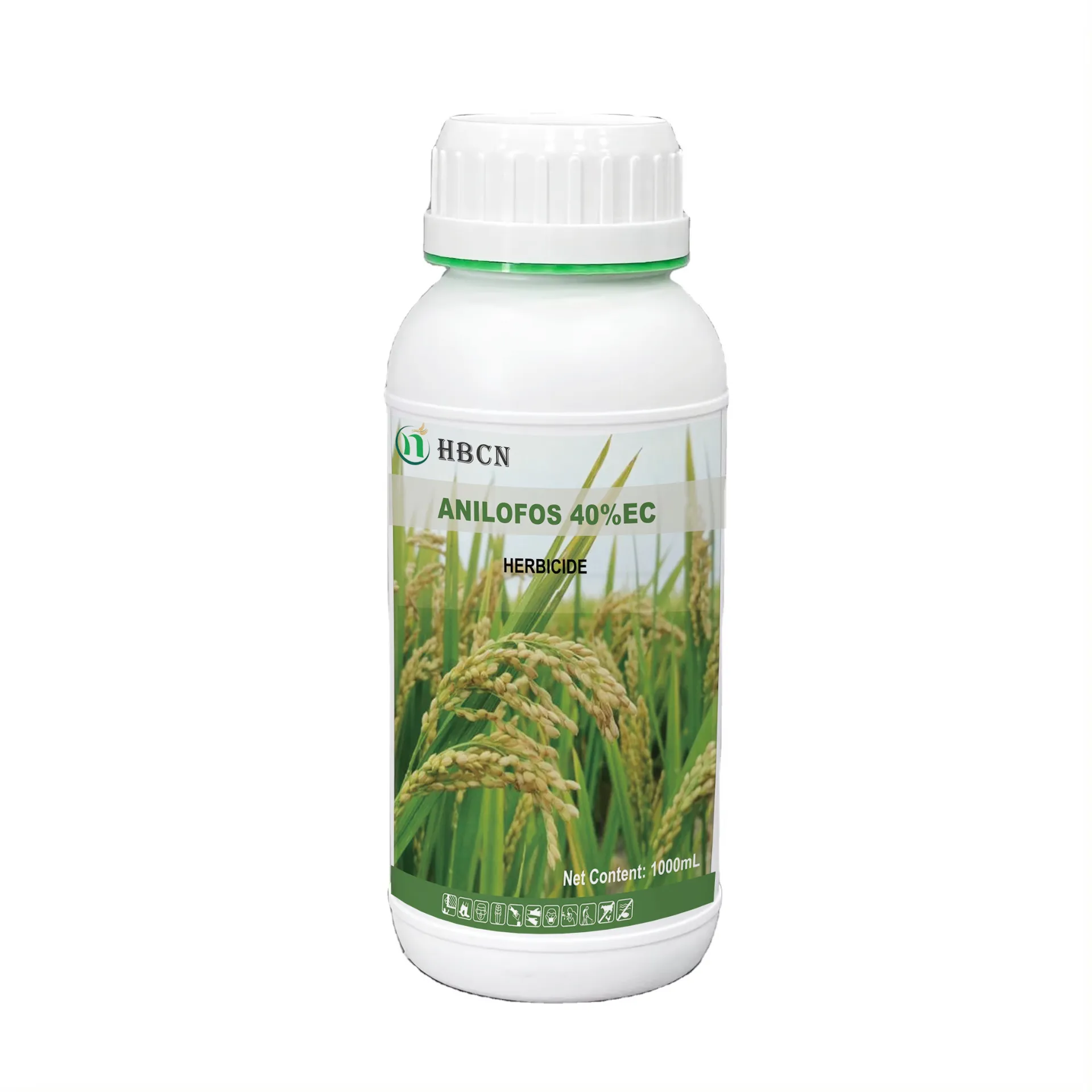
Out . 22, 2024 14:48 Back to list
Safety Guidelines and Information for Acetamiprid Insecticide Handling and Usage
Acetamiprid Insecticide Safety Data and Handling Procedures
Acetamiprid is a widely used insecticide that belongs to the neonicotinoid class of chemicals. It is primarily utilized in agricultural practices to manage pest populations effectively, particularly against sap-sucking insects like aphids, whiteflies, and thrips. As with any chemical product, handling acetamiprid requires understanding its properties, potential hazards, and appropriate safety measures. This article delves into the important aspects of acetamiprid, including its safety data, handling procedures, and environmental considerations.
Chemical Properties and Toxicology
Acetamiprid is classified as a systemic insecticide, meaning it can be absorbed by plants and affect pests feeding on those plants. It works by interfering with the transmission of nerve impulses in insects, ultimately leading to paralysis and death. The chemical is typically available in various formulations, including liquids, granules, and water-soluble powders.
From a toxicological perspective, acetamiprid is moderately toxic to humans and has a relatively low risk of causing acute effects when handled properly. The Material Safety Data Sheet (MSDS) provides essential information on its toxicological properties, including potential health effects. Possible routes of exposure include inhalation, ingestion, and skin contact. Symptoms of exposure may include headache, nausea, and dizziness, particularly if absorbed in large amounts. As such, it is crucial for workers involved in the application of acetamiprid to follow safety guidelines to minimize risks.
Handling and Storage
When handling acetamiprid, it is essential to wear appropriate personal protective equipment (PPE) to safeguard against potential exposure. Recommended PPE includes
1. Gloves Chemical-resistant gloves to prevent skin contact. 2. Eye Protection Safety goggles or face shields to protect against splashes. 3. Respiratory Protection A suitable respirator if ventilation is inadequate or if there is a risk of inhalation.
In addition to PPE, the following guidelines should be adhered to when handling acetamiprid
acetamiprid insecticide msds service

- Read the MSDS Familiarize yourself with the safety data sheet specific to the product being used, as it contains vital information about hazards and first aid measures. - Avoid Contamination Ensure that tools and equipment used for application do not become contaminated with the product. Clean equipment thoroughly after use. - Proper Storage Store acetamiprid in a cool, dry place away from direct sunlight, children, and pets. The container should be tightly sealed to prevent leaks or accidental exposure.
Emergency Procedures
In case of an accident, it is vital to have emergency procedures in place. The MSDS details necessary first aid measures, which typically include
- Inhalation Move to fresh air immediately. If symptoms persist, seek medical attention. - Skin Contact Remove contaminated clothing and rinse the skin thoroughly with water for at least 15 minutes. Consult a physician if irritation occurs. - Eye Contact Flush eyes with plenty of water for at least 15 minutes while holding the eyelids open. Seek immediate medical attention. - Ingestion Do not induce vomiting unless directed by a medical professional. Rinse the mouth and seek immediate medical help.
Environmental Considerations
Acetamiprid is also noted for its environmental impact. While it is effective against target pests, it can be harmful to non-target organisms, such as bees and aquatic life. Therefore, users must apply it following local regulations and guidelines to minimize ecological risks. Consider using integrated pest management (IPM) strategies to reduce reliance on chemical applications and protect beneficial insects.
Conclusion
Acetamiprid is a powerful insecticide effective in pest control, but it demands careful handling and a thorough understanding of its safety protocols. By adhering to the guidelines outlined in the MSDS and employing appropriate protective measures, users can minimize risks associated with its use. Awareness of both health and environmental impacts contributes to safer agricultural practices and sustainable pest management solutions. Always remember to stay informed and updated about best practices in handling agrochemicals to protect yourself, others, and the environment.
-
Dicamba Herbicide for Creeping Charlie – Effective & Selective Weed Control Solution
NewsJun.10,2025
-
Premium Penthiopyrad Fungicide for Effective Crop Protection Compare with Carbendazim & Copper Fungicides
NewsJun.10,2025
-
Top Products Containing Bifenthrin Effective Insecticide Solutions
NewsJun.10,2025
-
Powerful Lambda Cyhalothrin & Emamectin Benzoate Insecticide
NewsJun.10,2025
-
Emamectin Benzoate 5% Wholesale Supplier - Premium Quality
NewsJun.10,2025
-
Indoxacarb PubChem Key Pesticide Properties & Benefits
NewsJun.09,2025
